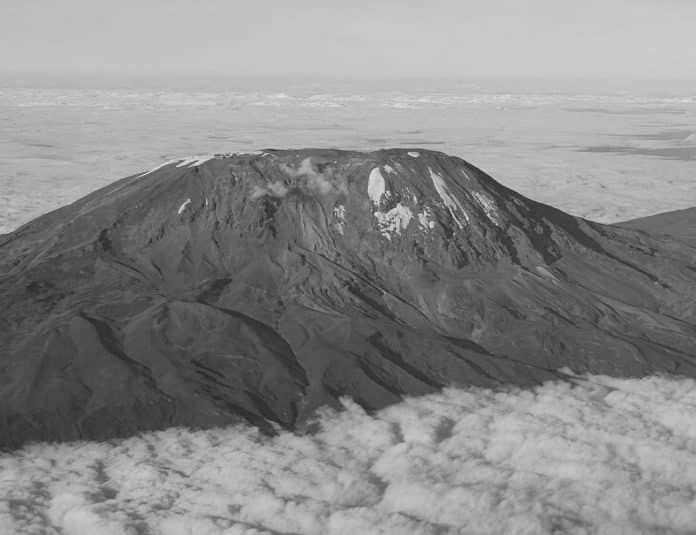Scaling the Summit: Exploring the Magnificence of Africa’s Highest Mountain in Tanzania
Gazing up at the majestic famous African mountain peak located in Tanzania, you can’t help but feel a wave of awe wash over you. Mount Kilimanjaro stands tall and proud, its snow-capped summit beckoning adventurers from all corners of the globe. In Tanzania, this natural wonder is more than just a mountain; it’s a symbol of courage, determination, and the indomitable spirit of exploration.
Scaling the summit of the highest mountain, known as Kilimanjaro, is no easy feat, but for those brave enough to take on the challenge, the rewards are immeasurable. From the lush rainforests teeming with exotic flora and fauna to the barren lunar landscapes of the summit, every step of the journey is a testament to the incredible diversity of Tanzania’s natural beauty.
But it’s not just the breathtaking scenery that makes Kilimanjaro an unforgettable experience. It’s the camaraderie forged on the trail, the personal triumphs and overcoming of limitations, and the sense of accomplishment that comes with standing atop Africa’s rooftop.
Whether you’re an experienced climber or a novice adventurer, exploring the magnificence of Kilimanjaro is an experience that will stay with you for a lifetime. So, lace up your boots, grab your walking poles, and let’s embark on a journey to the top of the world.
The Beauty and Significance of Mount Kilimanjaro
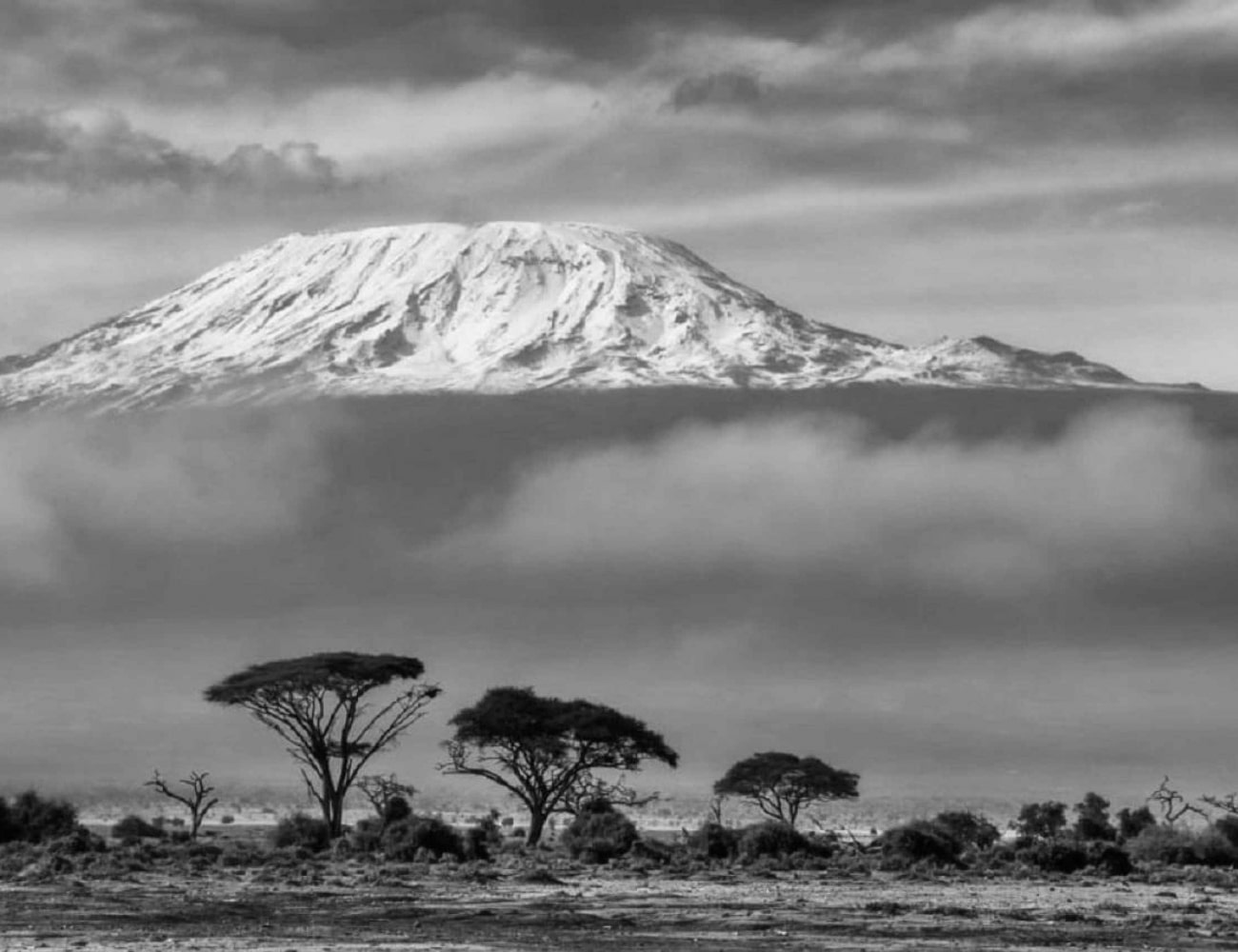
Mount Kilimanjaro, the famous African mountain peak located in Tanzania, is not only the highest in Africa but also a UNESCO World Heritage site. Rising to a staggering height of 19,341 feet (5,895 meters), it is a dormant volcano with three distinct volcanic cones: Kibo, Mawenzi, and Shira. The mountain holds immense cultural and ecological significance, serving as a vital water source for the surrounding areas and hosting a diverse range of wildlife.
The first recorded summit of Kilimanjaro was accomplished in 1889, and since then, climbers from around the world have been drawn to its allure. The mountain’s significance extends beyond its physical grandeur; it is deeply ingrained in local folklore and has played a role in various cultural traditions for centuries.
Climbing the highest mountain in Africa located in Tanzania— Mount Kilimanjaro is not just about conquering a peak; it’s about immersing yourself in the rich heritage and natural wonders of Tanzania. From the lush rainforests at the base to the iconic snow-capped summit, every step of the journey is an opportunity to appreciate the beauty and significance of this remarkable mountain.
Climbing Mount Kilimanjaro: A Challenging and Rewarding Adventure
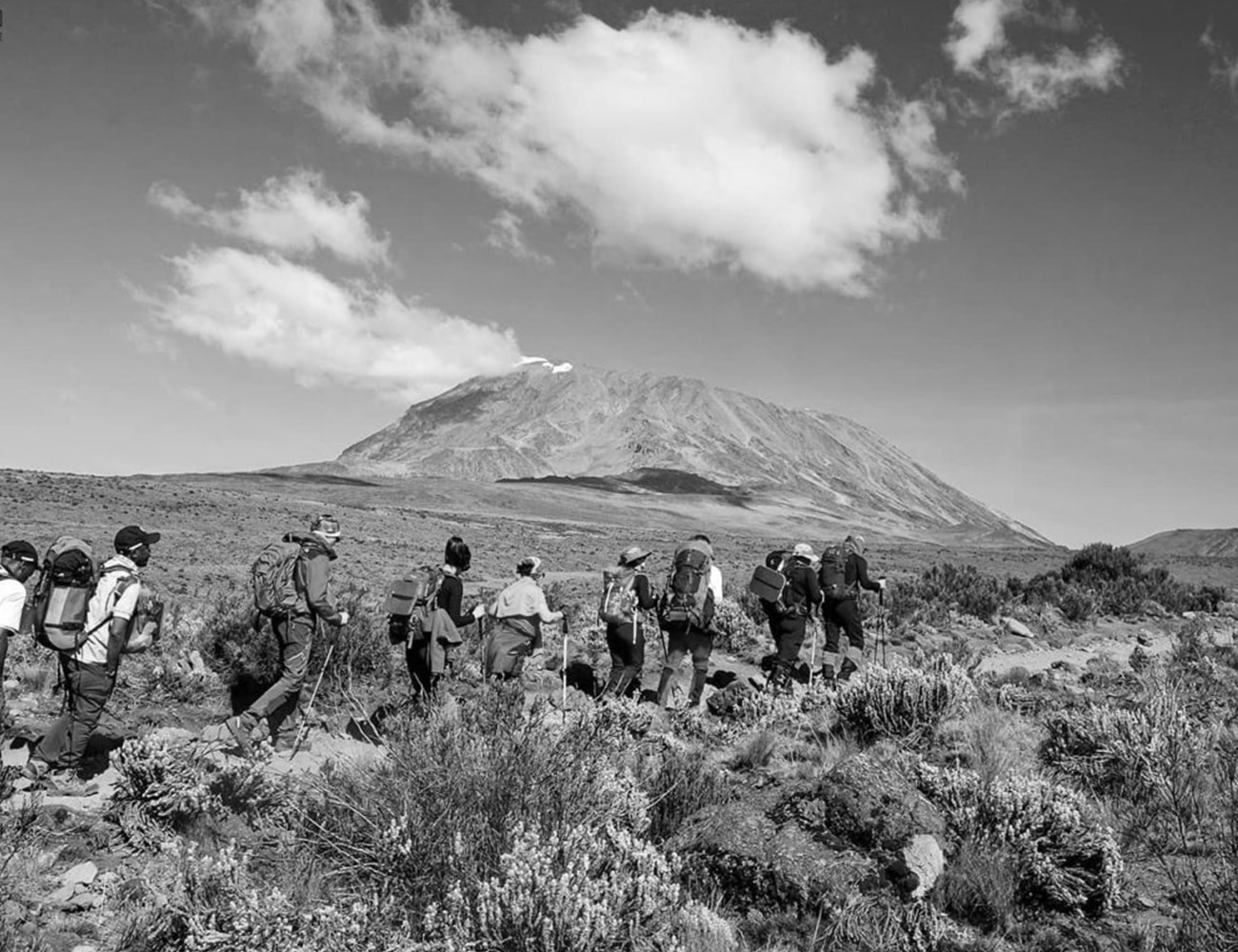
Embarking on a climb up to the famous African mountain peak located in Tanzania—Mount Kilimanjaro is a test of endurance, both physically and mentally. The mountain offers various routes, each with its own unique challenges and rewards. It’s important to choose a route that suits your fitness level, experience, and preferences.
The most popular routes include the Machame Route, Marangu Route, Lemosho Route, and Rongai Route. Each route has its own characteristics, ranging from the steep and challenging Machame Route to the more gradual and scenic Lemosho Route. Whichever route you choose, it’s essential to go with a reputable tour operator who can guide you safely and responsibly.
The climb itself typically takes between five to nine days, depending on the route and acclimatization strategy. It’s important to pace yourself and listen to your body along the way. Altitude sickness is a real risk, and proper acclimatization is crucial to increase your chances of reaching the summit successfully.
Reaching the summit of Kilimanjaro is a moment of triumph and a testament to your determination and perseverance. Standing on the Roof of Africa, surrounded by breathtaking views and a sense of accomplishment, is an experience that will stay with you forever.
Choosing the Right Route for Your Kilimanjaro Climb
When it comes to choosing the right route to climb the highest mountain in Africa located in Tanzania, there are several factors to consider. Each route has its own unique characteristics, including length, difficulty, and scenery. Understanding these differences will help you make an informed decision and ensure an enjoyable and successful climb.
The Machame Route, also known as the “Whiskey Route,” is one of the most popular routes due to its scenic beauty and diverse landscapes. It offers a challenging climb with steep sections and requires a good level of fitness. The Marangu Route, or the “Coca-Cola Route,” is known for its more gradual ascent and comfortable sleeping huts along the way. It is often considered the easiest route, but still requires a good level of fitness and acclimatization.
The Lemosho Route is a longer and more scenic option, offering stunning views and a higher chance of spotting wildlife. It is considered one of the most beautiful routes, but it requires a higher level of fitness and endurance. The Rongai Route is a less crowded route that approaches Kilimanjaro from the north, offering a unique perspective and a quieter experience. It is known for its gentle slopes and is suitable for climbers of all levels.
Ultimately, the choice of route depends on your fitness level, preferences, and the amount of time you have available. It’s important to consult with experienced guides or tour operators who can provide expert advice and help you make the best decision for your Kilimanjaro adventure.
Essential Gear and Equipment for Climbing Mount Kilimanjaro
Climbing the famous African mountain peak located in Tanzania—Mount Kilimanjaro requires careful preparation and the right gear to ensure your safety and comfort throughout the journey. Packing the essential equipment is crucial, as the weather and conditions on the mountain can be unpredictable.
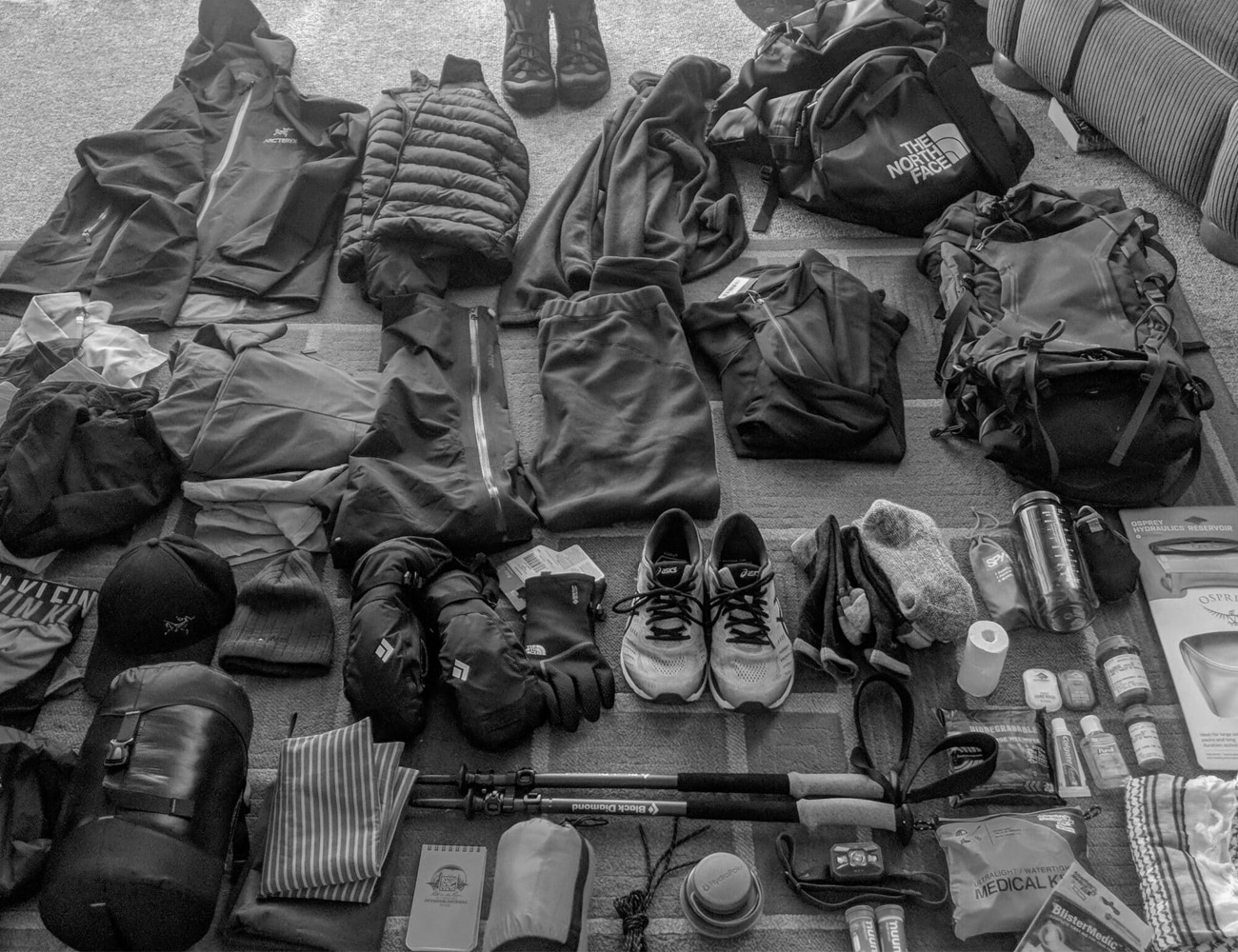
First and foremost, a sturdy and comfortable pair of hiking boots is essential. They should be well-worn and broken in before you start your climb to avoid blisters and discomfort. Good quality socks, preferably moisture-wicking, will help keep your feet dry and prevent blisters as well.
Layered clothing is key to adapting to the changing temperatures and weather conditions on the mountain. A moisture-wicking base layer, insulating mid-layer, and waterproof outer layer are essential. It’s important to bring enough warm clothing, including hats, gloves, and thermal layers, as temperatures can drop significantly at higher altitudes.
A good quality sleeping bag rated for cold temperatures is crucial for a comfortable night’s sleep. It’s also important to have a sturdy backpack to carry your gear, as well as a daypack for essentials during the climb. Other essential items include a headlamp, trekking poles, sunglasses, sunscreen, and a refillable water bottle.
It’s important to note that some gear can be rented in Tanzania, such as sleeping bags and trekking poles, if you prefer not to bring your own. However, it’s advisable to bring your own well-fitting boots and clothing to ensure maximum comfort and minimize the risk of blisters and discomfort.
Training and Preparation for a Successful Kilimanjaro Climb
Preparing for a successful climb up the highest mountain in Africa located in Tanzania, requires physical fitness, mental strength, and proper training. It’s important to start training well in advance to build endurance, improve cardiovascular fitness, and strengthen the muscles used during the climb.
A combination of cardiovascular exercises, such as running, cycling, or swimming, will help improve your stamina and lung capacity. Incorporating strength training exercises, such as squats, lunges, and core exercises, will help build the muscles needed for the climb.
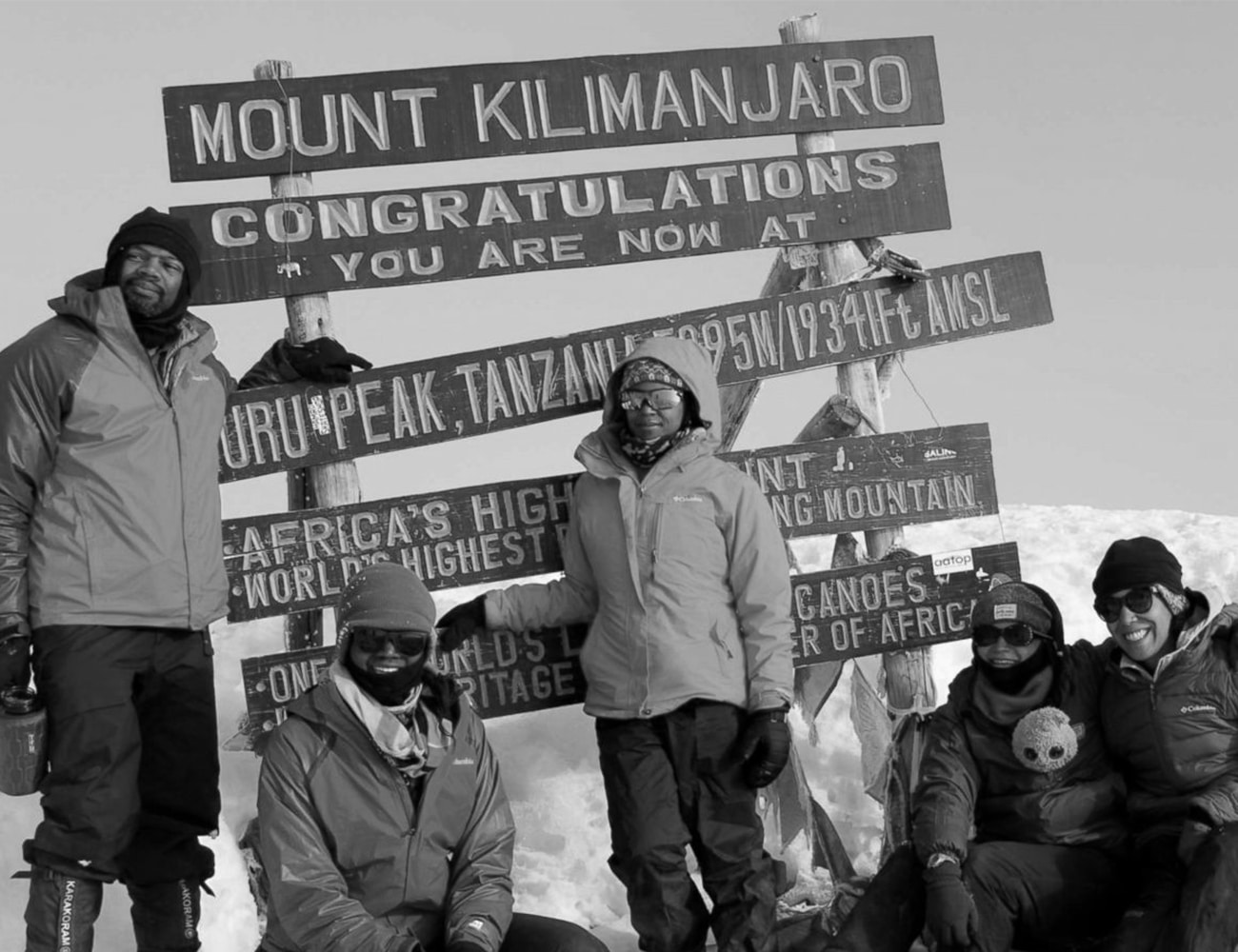
It’s also important to practice hiking with a loaded backpack to simulate the conditions you’ll experience on the mountain. Gradually increase the weight of your backpack and the duration of your hikes to build strength and endurance.
In addition to physical preparation, mental strength and determination are crucial for a successful Kilimanjaro climb. The journey can be physically and mentally demanding, and it’s important to stay positive, motivated, and focused on your goal. Mental preparation can include visualization exercises, practicing mindfulness, and setting clear intentions for the climb.
Finally, it’s important to consult with your healthcare provider before embarking on a Kilimanjaro climb. They can provide valuable advice on altitude sickness prevention, vaccinations, and any specific medical considerations based on your individual health profile.
Safety Measures and Precautions on Mount Kilimanjaro
Climbing the famous African mountain peak located in Tanzania is a challenging adventure that comes with certain risks and hazards. It’s important to prioritize safety and take necessary precautions to minimize the risks associated with high altitude and extreme weather conditions.
Altitude sickness, also known as acute mountain sickness (AMS), is a common concern on Kilimanjaro. It occurs when the body fails to acclimatize properly to the decreased oxygen levels at higher altitudes. Symptoms can range from mild headaches and nausea to more severe conditions such as high altitude pulmonary edema (HAPE) and high altitude cerebral edema (HACE).
To reduce the risk of altitude sickness, it’s important to choose a route with proper acclimatization schedules and gradual ascent profiles. It’s also essential to drink plenty of fluids, avoid alcohol and caffeine, and listen to your body’s signals. If symptoms of altitude sickness occur, it’s important to descend to lower altitudes and seek medical attention if necessary.
Other safety measures include following the guidance of experienced guides and porters, who are familiar with the mountain and its challenges. They can provide valuable advice, monitor your health, and ensure a safe and enjoyable climb. It’s also important to adhere to park regulations, respect the environment, and maintain good hygiene practices to minimize the risk of illness.
Accommodation Options on Mount Kilimanjaro
When it comes to accommodation on Mount Kilimanjaro, there are several options available depending on the route and personal preferences. The most common options include camping and staying in mountain huts.
Camping is the preferred option for most climbers, as it allows for a more immersive experience and closer connection with nature. Most tour operators provide comfortable camping equipment, including tents, sleeping mats, and mess tents for meals. Camping sites are strategically located along the routes, offering stunning views and basic amenities such as toilets and washing facilities.
For those who prefer a more comfortable and convenient option, staying in mountain huts is available on certain routes, such as the Marangu Route. These huts provide basic accommodation with bunk beds, mattresses, and communal dining areas. While huts offer a break from camping, they can be crowded and less private compared to camping.
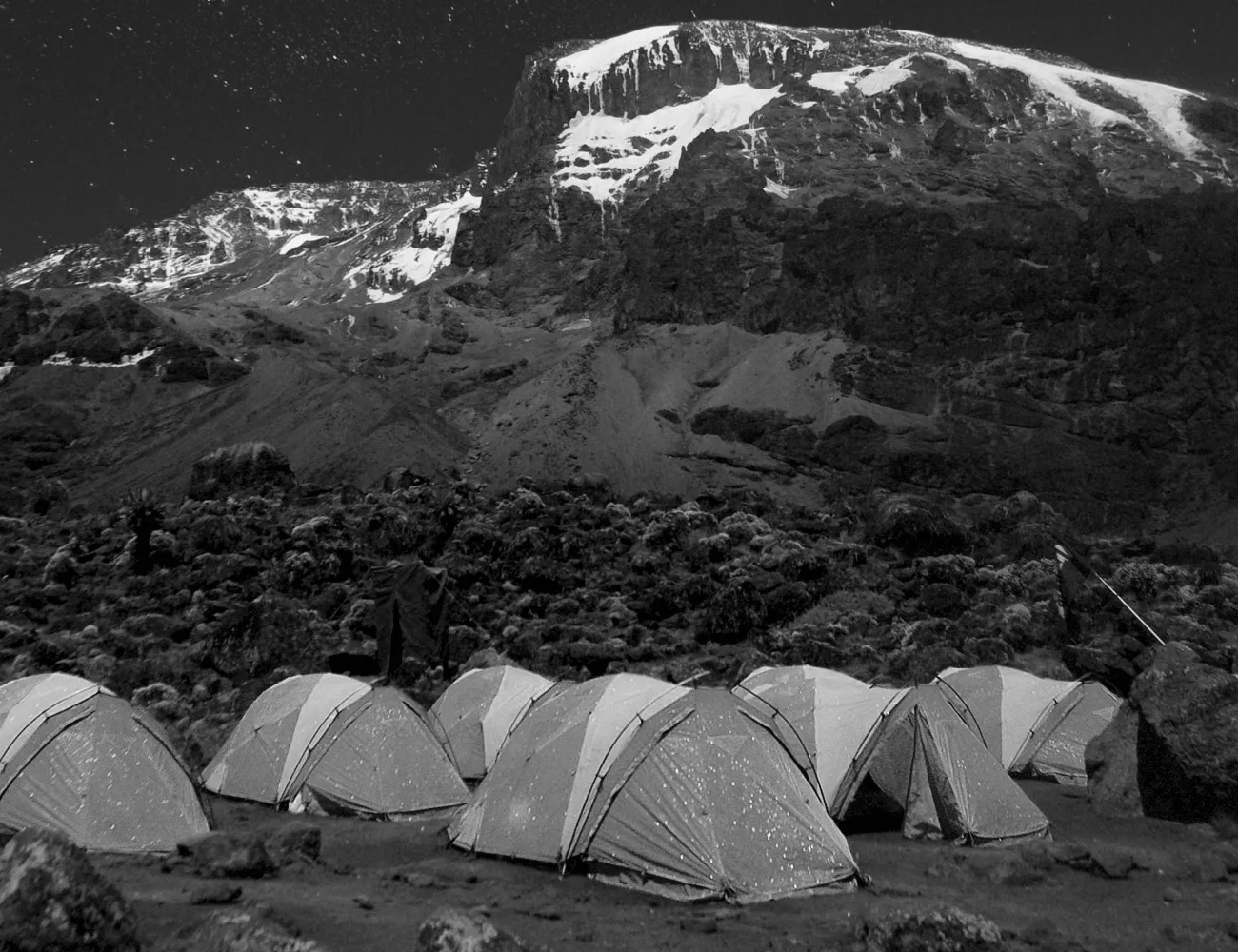
Regardless of the accommodation option you choose, it’s important to pack a warm sleeping bag and comfortable sleeping clothes to ensure a good night’s rest. It’s also advisable to bring earplugs and an eye mask to help you sleep in the sometimes noisy and bright mountain environment.
Wildlife and Natural Wonders Encountered on the Climb
Climbing Mount Kilimanjaro is not just about reaching the summit; it’s also an opportunity to encounter Tanzania’s rich wildlife and natural wonders along the way. The mountain is home to a diverse range of flora and fauna, showcasing the incredible biodiversity of the region.
The lower slopes of Kilimanjaro are covered in lush rainforests, where you can spot a variety of bird species, monkeys, and even elephants in the surrounding areas. As you ascend, the vegetation changes, giving way to moorlands, alpine deserts, and eventually, the barren lunar landscapes of the summit.
At higher altitudes, you may have the chance to spot unique and endemic species such as the Kilimanjaro tree hyrax or the delicate Kilimanjaro violet. The mountain also hosts a variety of bird species, including the stunning Tacazze sunbird and the endangered Abbot’s starling.
Beyond the wildlife, the natural wonders of Kilimanjaro are truly awe-inspiring. From the glaciers and snowfields of the summit to the dramatic cliffs and valleys carved by ancient glaciers, every step of the climb offers a new and breathtaking vista.
A Life-Changing Experience on Africa’s Highest Peak
Climbing the highest mountain in Africa located in Tanzania, is not just a physical challenge; it’s an experience that will leave a lasting impact on your life. From the moment you set foot on the trail to the exhilarating moment you reach the summit, every step of the journey is a testament to your courage, determination, and resilience.
The beauty and significance of Kilimanjaro, combined with the camaraderie forged on the trail and the personal growth achieved along the way, make this adventure truly unforgettable. Whether you’re an experienced climber seeking a new challenge or a novice adventurer looking to push your limits, exploring the magnificence of Africa’s highest peak will leave you with memories that will last a lifetime.
So, lace up your boots, grab your walking poles, and embark on a journey to the top of the world. Mount Kilimanjaro awaits, ready to reveal its breathtaking landscapes, test your physical and mental strength, and reward you with an experience like no other. Scaling the summit of Kilimanjaro is not just a climb; it’s a transformational journey that will leave you forever changed.
For more articles related to Mountains of Tanzania, click here!

























